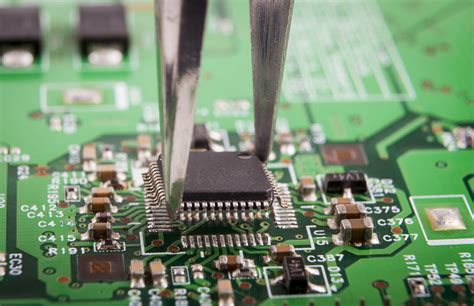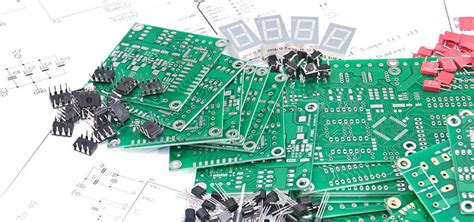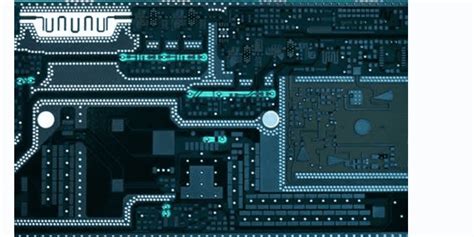Detailed explanation of ESD of PCB board
Recently, I have been doing ESD testing of electronic products. From the test results of different products, I found that this ESD is a very important test: if the circuit board is not designed well, when static electricity is introduced, it will cause the product to freeze or even damage the components. In the past, I only noticed that ESD would damage components, but I didn’t expect that electronic products should also be given enough attention.
ESD, which is what we often call electrostatic discharge (Electro-Static discharge).
From the knowledge we have learned, we can know that static electricity is a natural phenomenon, usually generated by contact, friction, induction between electrical appliances, etc., and its characteristics are long-term accumulation, high voltage (can generate thousands of volts or even tens of thousands of volts of static electricity), low power, small current and short action time. For electronic products, if the ESD design is not well designed, it often causes electronic and electrical products to operate unstably or even damaged. Therefore, we often see the following picture on the circuit board.
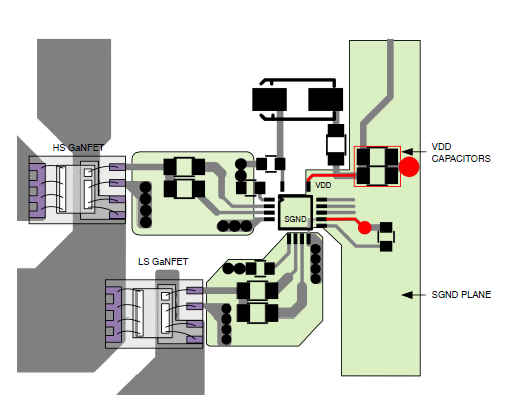
Two methods are usually used when doing ESD discharge testing:
contact discharge and air discharge. Contact discharge is to discharge directly to the device under test; air discharge is also called indirect discharge, which is generated by the coupling of strong magnetic fields to adjacent current loops. The test voltages of these two tests are generally 2KV-8KV, and the requirements are different in different regions. Therefore, before designing, it is necessary to first clarify the market for the product.
The above two situations are basic tests for electronic products that cannot work due to human body charge or other reasons when they come into contact with electronic products.
- The following figure is a statistical analysis of air humidity in some regions in different months of the year. It can be seen from the figure that Lasvegas has the lowest humidity throughout the year, and electronic products in this region should pay special attention to ESD protection.
- The humidity conditions in different parts of the world are different, but at the same time, in a region, if the air humidity is different, the static electricity generated is also different. The following table is the collected data, from which it can be seen that static electricity increases as the air humidity decreases. This also indirectly explains why the static electricity sparks generated when taking off sweaters in the winter in the north are very large.
- Since static electricity is so harmful, how can we protect it? When we design static electricity protection, we usually take three steps: prevent external charges from flowing into the circuit board and causing damage; prevent external magnetic fields from damaging the circuit board; prevent the harm caused by static electricity.
In actual circuit design, we will use one or more of the following methods to perform static electricity protection:
- Use avalanche diode for static electricity protection. This is also a method often used in design. The typical practice is to connect an avalanche diode to the ground in parallel with the key signal line.
This method uses the avalanche diode to respond quickly and has the ability to clamp stably, which can consume the accumulated high voltage in a short time and protect the circuit board.
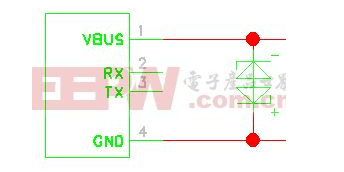
- Use high-voltage capacitors for circuit protection.
This practice usually places ceramic capacitors with a withstand voltage of at least 1.5KV at the I/O connector or key signal position, and the connecting wires are as short as possible to reduce the inductive reactance of the connecting wires. If a capacitor with a low withstand voltage is used, it will cause damage to the capacitor and lose its protective function.
- Use ferrite beads for circuit protection.
Ferrite beads can effectively attenuate ESD current and suppress radiation. When faced with two problems, a ferrite bead will be a good choice.
- Spark gap method.
This method was seen in a material. The specific method is to use triangular copper sheets with pointed tips aligned with each other in the microstrip line layer composed of copper sheets. One end of the triangular copper sheet is connected to the signal line, and the other triangular copper sheet is connected to the ground. When there is static electricity, tip discharge will occur and consume electrical energy.
- Use LC filter method to protect the circuit.
The filter composed of LC can effectively reduce high-frequency static electricity from entering the circuit. The inductive reactance of the inductor can effectively suppress high-frequency ESD from entering the circuit, while the capacitor has diverted the high-frequency energy of ESD to the ground. At the same time, this type of filter can also smooth the signal edge and reduce the RF effect, and the performance has been further improved in terms of signal integrity.
- Multilayer board for ESD protection.
When funds permit, choosing a multilayer board is also an effective means to prevent ESD. In a multilayer board, since there is a complete ground plane close to the routing, ESD can be coupled to the low-impedance plane more quickly, thereby protecting the key signal.
- Protection method of leaving a protective belt around the circuit board.
This method usually draws a routing without a soldering layer around the circuit board. Connect the routing to the housing when conditions permit, and pay attention to the fact that the routing cannot form a closed loop to avoid forming a loop antenna and causing greater trouble.
- Use CMOS devices or TTL devices with clamping diodes to protect the circuit.
This method uses the principle of isolation to protect the circuit board. Since these devices are protected by clamping diodes, the complexity of the design is reduced in actual circuit design.
- Use decoupling capacitors more often.
These decoupling capacitors should have low ESL and ESR values. For low-frequency ESD, decoupling capacitors reduce the area of the loop. Due to the effect of its ESL, the electrolyte effect is weakened, which can better filter out high-frequency energy.
In short, although ESD is terrible and may even bring serious consequences, only by protecting the power and signal lines on the circuit can we effectively prevent the ESD current from flowing into the PCB. Among them, my boss often says that “a good grounding of a board is the kingly way”, and I hope this sentence can also bring you the effect of breaking the skylight.


